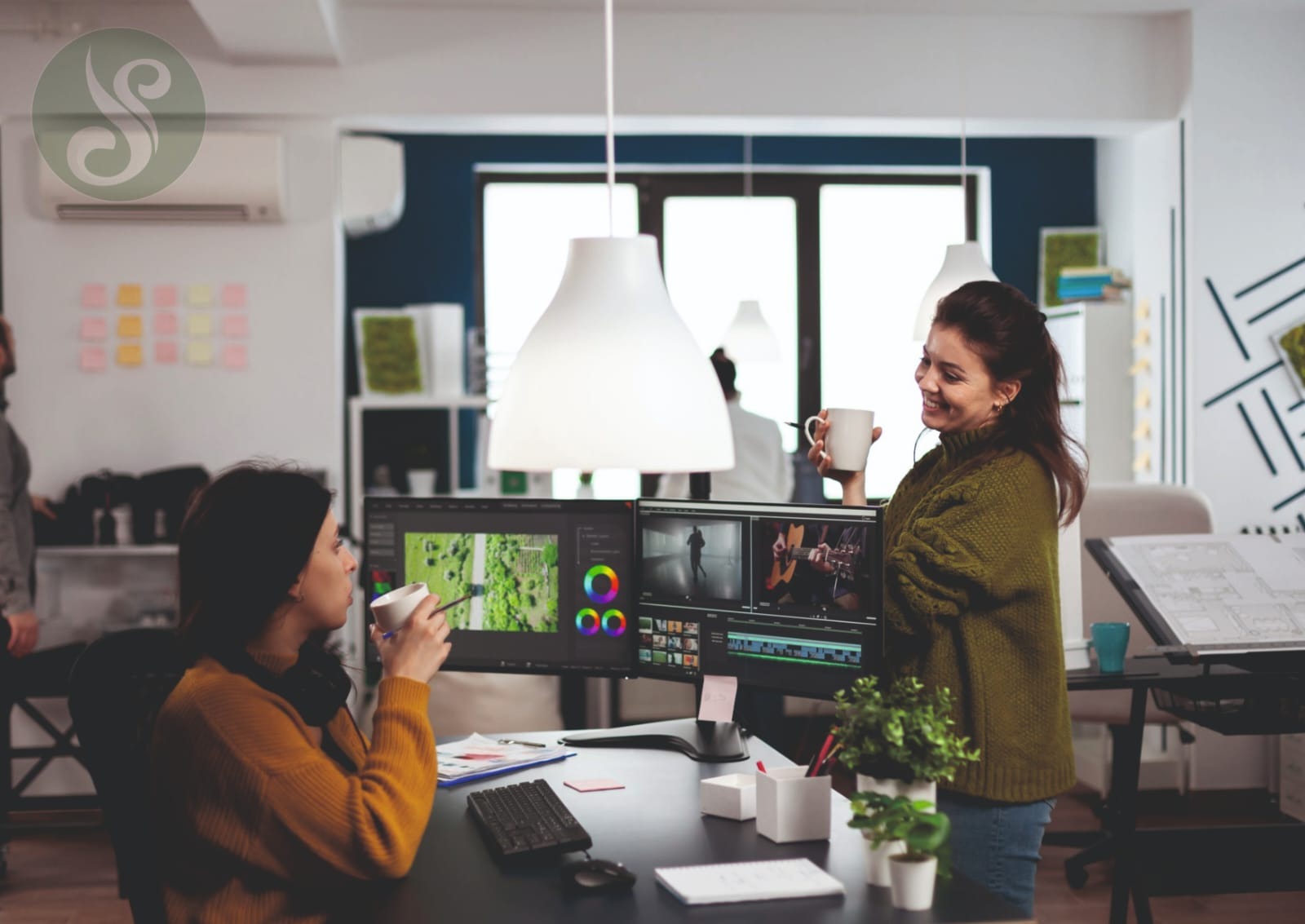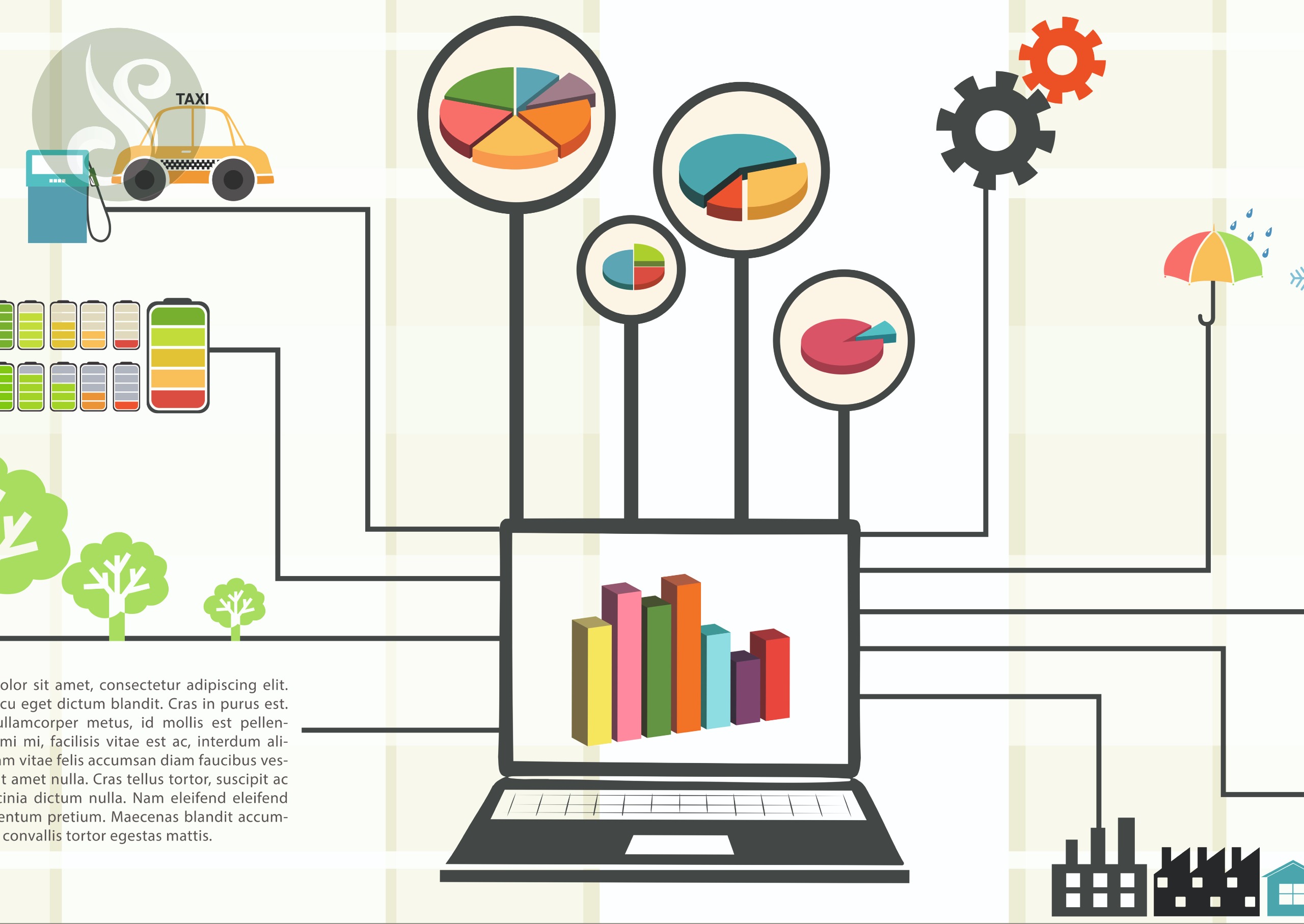How to Stay Ahead in Visual Marketing
Introduction: The New Era of Visual Storytelling
In the ever-evolving world of digital marketing, static visuals are no longer enough to captivate audiences. Today, brands compete in an attention economy where dynamic, interactive, and immersive content wins. Enter 3D design and motion graphics—the visual tools transforming modern marketing.
From cinematic website banners to animated brand logos, from augmented reality (AR) product demos to social media reels that leap off the screen, motion-driven content is reshaping how brands engage consumers. According to a 2024 HubSpot survey, over 68% of marketers say 3D and motion graphics have improved customer engagement by more than 40%.
But staying ahead in this fast-paced domain requires more than just creativity—it demands understanding trends, leveraging new technology, and adapting your strategy.
In this blog, you’ll learn:
- Why 3D and motion graphics are booming
- How top brands are using them effectively
- The latest tools and tech driving this trend
- How you can adopt and implement motion content for your brand
1. Why 3D and Motion Graphics Are Taking Over Visual Marketing
1.1 Consumer Behavior Is Changing
Today’s audiences have shorter attention spans. Studies show people remember 95% of a message when it’s delivered through video, compared to just 10% with text alone.
Motion content naturally grabs the eye, whether it’s:
- An animated product reveal
- A 3D explainer video
- A dynamic brand intro on social media
Consumers are looking for experiences, not just ads—and motion graphics deliver that.
1.2 The Rise of Social Media Video Platforms
Platforms like Instagram Reels, TikTok, YouTube Shorts, and LinkedIn Video have made short, animated content the new standard for engagement. Static images now struggle to compete against motion-driven content that entertains and informs simultaneously.
1.3 Advancements in Technology
Thanks to faster rendering engines, real-time graphics, and AI-assisted design tools, 3D and motion graphics are now more accessible and affordable than ever before.
Even startups can produce high-quality animated content without Hollywood-level budgets.
2. Real-World Applications of 3D & Motion Graphics in Marketing
2.1 Product Visualization
3D product renders let brands showcase their products from every angle, highlighting features with smooth rotations or cutaway animations. This is widely used in:
- E-commerce (Amazon, Shopify stores)
- Automobile marketing (Tesla’s 3D car configurators)
- Real estate (Virtual property tours)
2.2 Brand Storytelling
Motion graphics simplify complex concepts. Explainer videos, kinetic typography, and animated infographics make it easier to tell your brand’s story while keeping viewers engaged.
Example:
Slack uses playful, minimal motion graphics in its product videos to break down collaboration tools into simple visuals.
2.3 Social Media Content
Brands like Nike, Apple, and Spotify frequently use short-form 3D animations for:
- Product launches
- Behind-the-scenes brand stories
- Animated logos or visual effects to refresh their feed
2.4 Virtual and Augmented Reality
With the growth of AR and VR marketing, 3D assets are now being used in:
- Virtual try-ons (Lenskart AR glasses fitting)
- Interactive product previews
- Immersive brand experiences at events
2.5 Event Marketing & Digital Signage
Brands use large-scale 3D projections, holograms, and motion-led installations to create memorable physical experiences. For example, Samsung’s 3D billboard in New York’s Times Square used motion graphics to make it look like a smartphone was breaking through the building.
3. Current Trends in 3D & Motion Graphics (2025)
3.1 Hyper-Realistic 3D
Advancements in photorealistic rendering allow brands to create visuals so realistic that customers can't tell if they're looking at a real product or a render.
Tools:
- Unreal Engine 5
- Blender Cycles
- Cinema 4D with Redshift
3.2 Real-Time Animation
Real-time rendering allows designers to make live changes to scenes, making production faster and more interactive.
Example:
Brands are now using real-time avatars for customer interaction or live broadcasts with motion capture.
3.3 AI-Powered Animation
AI tools are automating parts of the animation process. Software like Runway ML, Pika Labs, and Adobe Firefly can help with:
- Generating motion templates
- Auto-animating graphics
- Enhancing renders with AI upscaling
3.4 Interactive Motion Graphics
Interactive content is rising—think scroll-triggered animations on websites or hover animations in apps.
Brands like Apple and Tesla use this to make product exploration more engaging.
3.5 Minimalistic Motion
Not all motion graphics are complex. Micro-animations (like button hover effects, loading animations, and animated icons) are key parts of UX/UI design now, making experiences feel smoother and more responsive.
3.6 Sustainability Storytelling
Brands are using 3D and motion to showcase eco-friendly initiatives—from animated lifecycle diagrams to immersive environmental videos. For example, Patagonia uses 3D visual stories to highlight sustainability efforts.
4. Tools & Software for 3D and Motion Graphics
4.1 3D Design Tools
- Blender (Free and Open Source)
- Cinema 4D (Industry Standard for Motion Graphics)
- Autodesk Maya (Advanced 3D Modeling)
- Unreal Engine (Real-Time 3D)
- Adobe Substance 3D (Textures and Materials)
4.2 Motion Graphics & Animation
- Adobe After Effects (Motion Graphics & VFX)
- Toon Boom Harmony (2D Animation)
- Rive (Interactive Motion Graphics for Web & Apps)
- Lottie by Airbnb (Lightweight Web Animations)
4.3 AI-Powered Tools
- Runway ML (Generative Video)
- Pika Labs (AI Animation)
- Kaiber (Music Video Animation Generator)
5. How to Stay Ahead in Visual Marketing
5.1 Upskill Continuously
Learn new tools, stay updated on real-time rendering engines and AI-driven design. Online platforms like:
- Motion Design School
- School of Motion
- YouTube’s CG & Motion Design Community
offer ongoing training.
5.2 Collaborate with Experts
Work with 3D artists, motion designers, and interactive UX teams to create multi-dimensional content. Visual marketing is now a team sport, not a solo effort.
5.3 Test and Optimize
Don’t animate for the sake of it. Measure:
- Engagement rates
- Click-through rates (CTR)
- User retention on websites with motion elements
Platforms like Google Analytics 4, Hotjar, and Mixpanel help track these metrics.
5.4 Embrace AR & VR Early
Get ahead by experimenting with augmented reality filters, virtual showrooms, or 3D product interactions. Brands that innovate now will lead the next wave of marketing.
5.5 Focus on Story, Not Just Style
Remember: Motion is a storytelling tool, not just eye candy. Use motion graphics to:
- Simplify complex ideas
- Create emotional connections
- Build memorable brand experiences
6. Challenges and Considerations
6.1 Accessibility
Motion graphics must be designed with accessibility in mind. Avoid:
- Excessive flashing (which can trigger seizures)
- Overcomplicated interactions that confuse users
6.2 Budget and Resources
High-quality 3D and motion content requires investment in tools, talent, and time. However, new AI tools and cloud render farms are reducing costs.
6.3 Cross-Platform Consistency
Ensure that your motion assets work well on:
- Mobile and desktop
- Different browsers
- Social platforms with varying specs
7. Real-World Case Study: How a Brand Leveraged 3D Motion to Go Viral
Case: Adidas x Prada Collaboration
Adidas used 3D motion graphics with interactive AR filters to promote its limited-edition Prada collaboration in 2024.
Results:
- 2.5 million interactions within 48 hours
- 30% increase in product page visits
- Sold out collection in under a week
The campaign blended motion graphics, interactive web design, and social media motion ads to create an immersive product experience.
#Suchidesign:
The Future Is Moving—Are You?
3D and motion graphics aren’t trends—they’re the new language of digital marketing. As consumer expectations evolve, brands must adopt dynamic visual storytelling to stay competitive.
Whether you’re launching a product, explaining a service, or building a brand identity, motion and 3D content will help you:
- Capture attention
- Engage deeper
- Convert faster
Final Thought
In a world where everything is moving, standing still isn’t an option.
Start exploring 3D and motion graphics today—because your audience already is.
.jpg)


